When considering the expenses involved in wrapping a semi trailer, numerous factors come into play, significantly impacting the overall cost. Understanding these variables is crucial for manufacturers, fleet owners, and logistics companies seeking to brand or protect their assets effectively. In this detailed examination, we will dissect the costs associated with semi trailer wrapping, potential benefits, financing options, and more, to provide an in-depth resource for those interested in making an informed decision.
Understanding Semi Trailer Wrapping
What is Semi Trailer Wrapping?
Semi trailer wrapping is the process of applying a vinyl film to the surface of the trailer, which can serve numerous purposes, including marketing, branding, and protection against wear and tear. This versatile solution enhances the aesthetic appeal of the trailer while providing a protective layer against the elements, helping to retain the vehicle’s value.
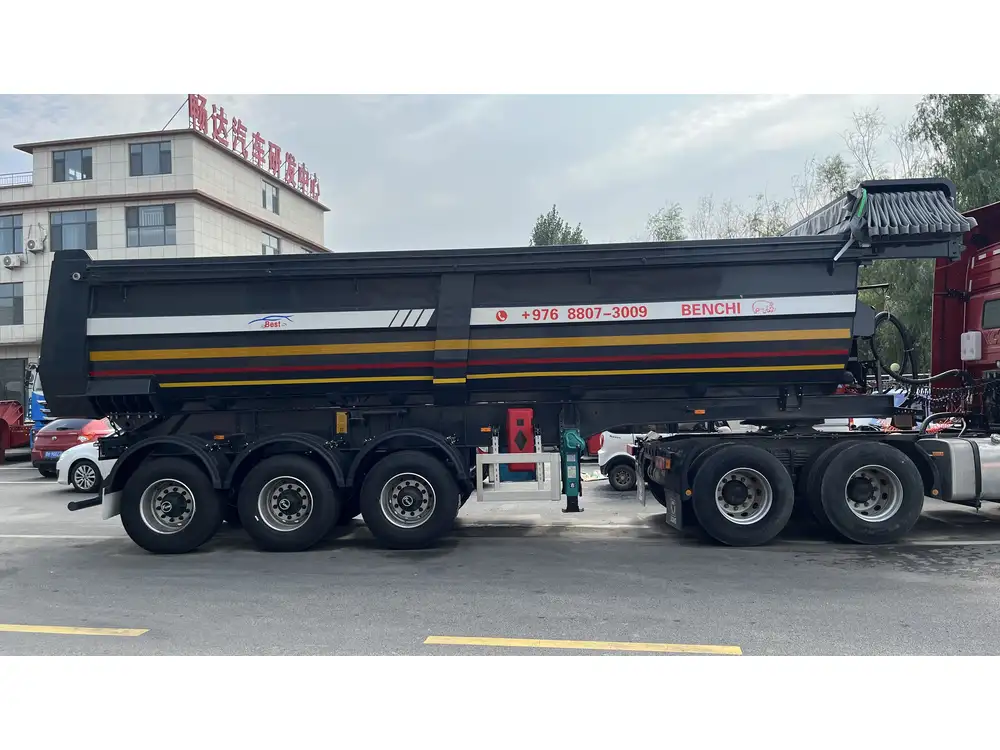
Benefits of Wrapping a Semi Trailer
- Brand Visibility: A well-designed wrap transforms a simple trailer into a moving billboard, promoting brand awareness.
- Cost-Effective Advertising: Compared to traditional advertising mediums, trailer wraps offer long-term visibility at a lower cost per impression.
- Protection: Vinyl wraps protect the trailer’s paintwork from scratches, UV rays, and road debris, potentially reducing maintenance costs.
- Customizability: Wraps can be tailored to reflect a company’s branding accurately, featuring logos, taglines, and vibrant graphics.
Factors Influencing the Cost of Wrapping a Semi Trailer
The expense of wrapping a semi trailer is not straightforward. Here is a breakdown of critical factors influencing pricing.
1. Size of the Trailer
The dimensions of the semi trailer play a vital role in determining the cost. Trailers vary in size, from standard dry vans to larger flatbeds, and each requires a different amount of material.
| Trailer Type | Typical Length | Estimated Material Cost |
|---|---|---|
| Standard Dry Van | 53 feet | $2,500 – $4,000 |
| Flatbed | 48 – 53 feet | $2,200 – $3,500 |
| Reefer Trailer | 53 feet | $3,000 – $5,000 |
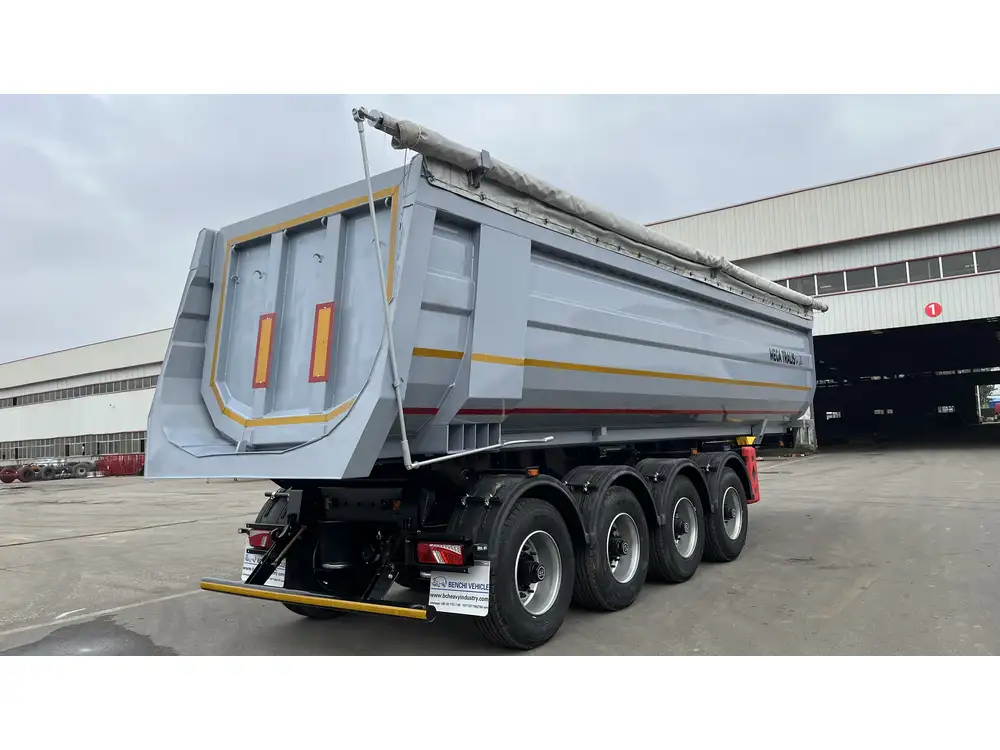
2. Quality of Materials
Different grades of vinyl materials can drastically change costs. High-performance vinyl that lasts longer and withstands the elements tends to be more expensive.
- Standard Vinyl: Lower cost, suitable for short-term use.
- Premium Vinyl: Higher cost, offers longevity and superior color retention.
- Specialty Vinyl: Could include reflective or textured materials, significantly increasing the budget.
3. Complexity of Design
The intricacy of the design can also influence the price. More elaborate designs require more labor hours and skill, leading to increased costs.
- Simple Design: Logo and basic text – $1,500 – $2,500
- Intermediate Design: Combination of graphics and text – $2,500 – $4,000
- Complex Design: Custom artwork and high-resolution graphics – $4,000 – $7,000
4. Installation Costs
Hiring professionals for installation is crucial for achieving a quality finish. Installation costs can vary depending on the expertise of the team and the time taken.
- Professional Installation: Average hourly rate ranges from $50 to $150.
- Estimated Installation Time: 10 to 30 hours, depending on the complexity and size.

5. Location
Geographical factors play a role in pricing. Urban areas typically have higher labor costs than rural regions.
- City Locations: Higher cost due to demand and operating expenses.
- Rural Locations: Lower labor rates can reduce overall costs.
Hidden Costs to Consider
While the above factors cover the visible expenses, it’s essential to consider additional costs that may arise.
1. Maintenance and Repair
Vinyl wraps require maintenance to ensure longevity. Some common maintenance tasks include:
- Regular Washing: To avoid dirt build-up, professional cleaning may be necessary, costing around $50-$100.
- Repairs: Minor damages may require localized repairs that could range from $100 to $500.
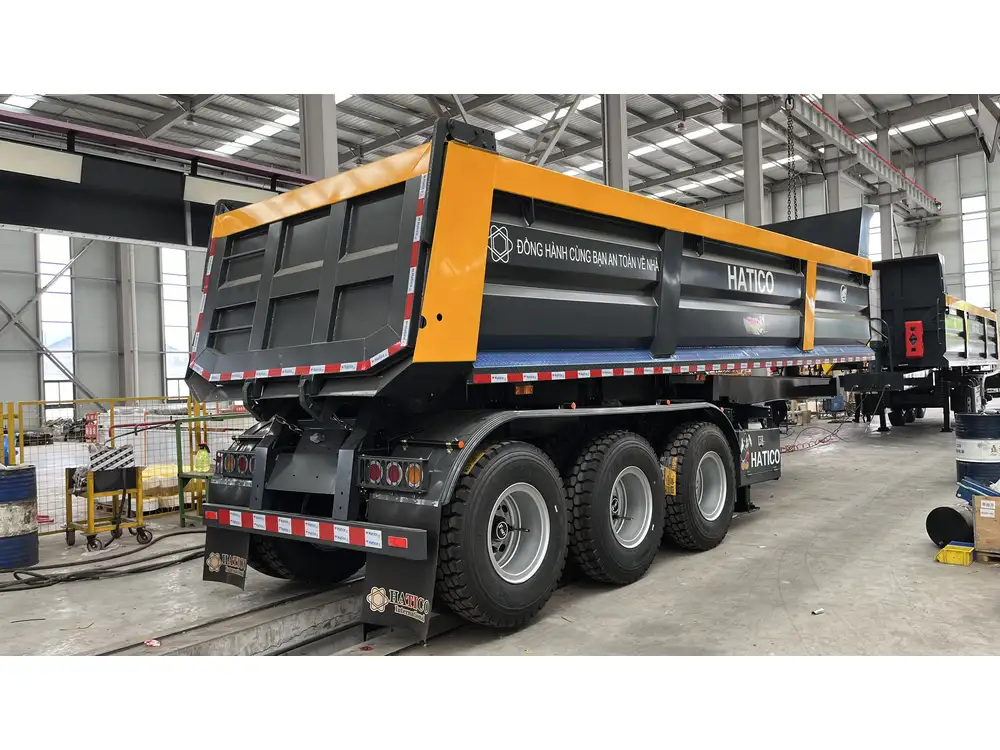
2. Permits
If the design is bold or features specific colors, permits may be needed depending on local regulations. Fees vary widely based on city ordinances.
3. Removal Costs
At some point, you may need to remove the wrap. This typically costs around $1,000 to $2,500, depending on the condition and type of material used.
Financing and Budgeting Options
Wrapping a semi trailer can be a substantial investment; however, there are several financing options available to make it more manageable.
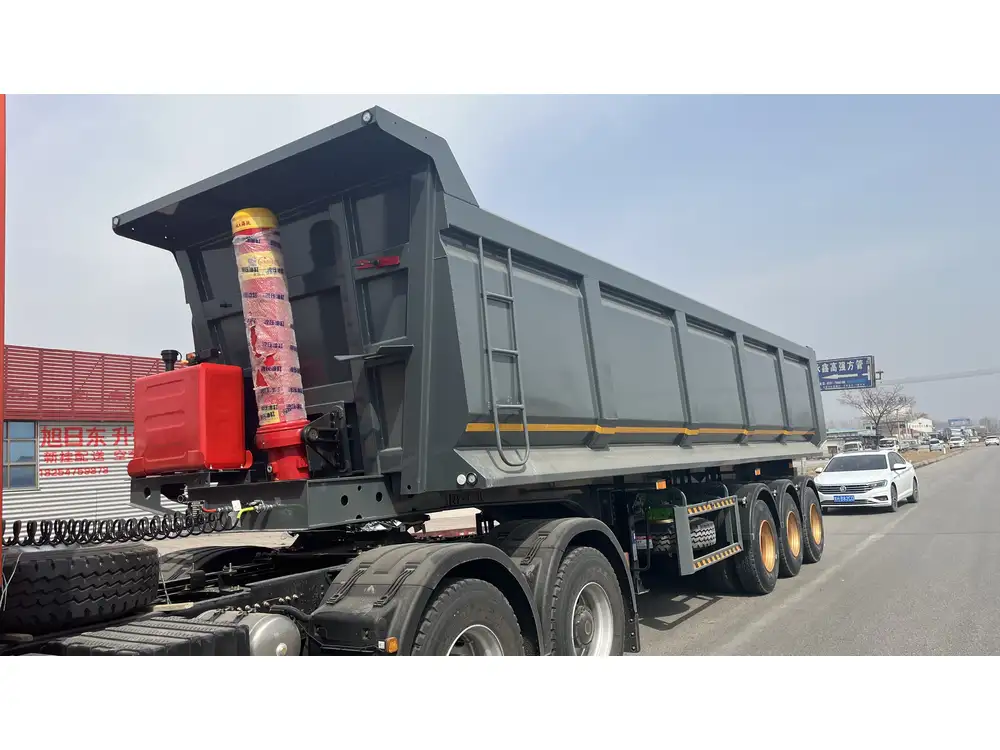
1. Leasing
Leasing allows businesses to spread the cost over time, making it a viable option for companies looking to manage cash flow.
2. Equipment Financing
This type of loan is specifically designed for purchasing assets, including vehicle wraps. Lenders may offer flexible payment terms based on your business’s revenue.
3. Business Credit
Utilizing existing business credit allows for immediate payment and can help manage budget constraints.
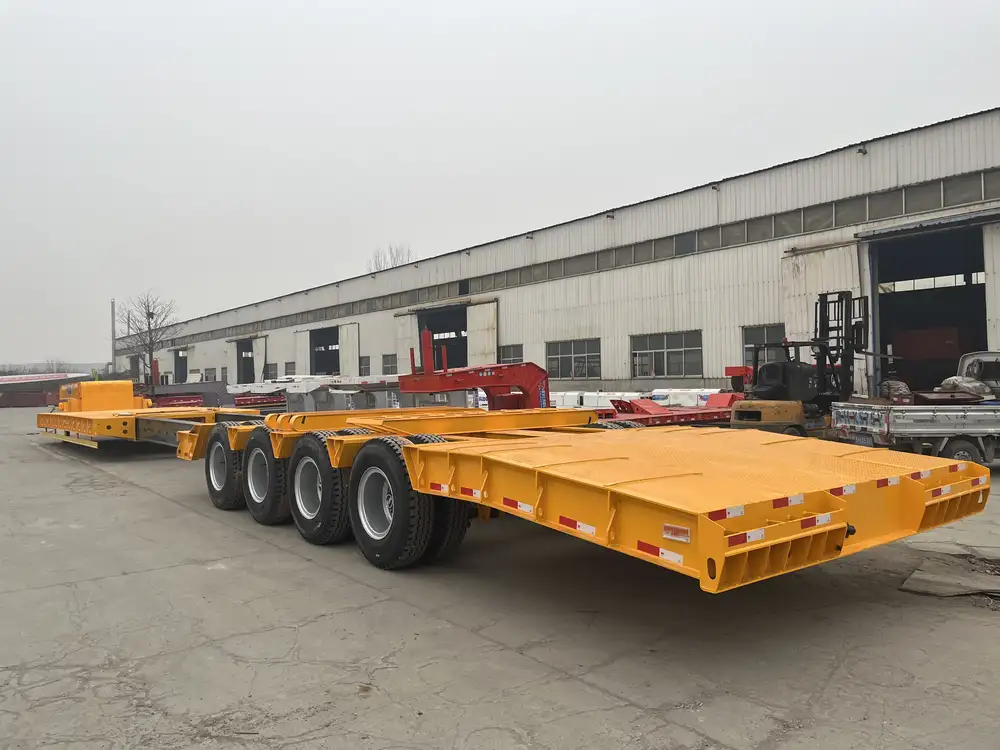
Choosing a Professional Wrap Provider
Selecting the right provider is crucial to ensure quality. Here are some tips to help you make an informed decision.
1. Research Experience
Seek out companies with a proven track record in wrapping semi trailers. Check portfolios, customer reviews, and testimonials.
2. Request Samples
Ask potential providers for samples of their work, especially if you’re considering custom designs.
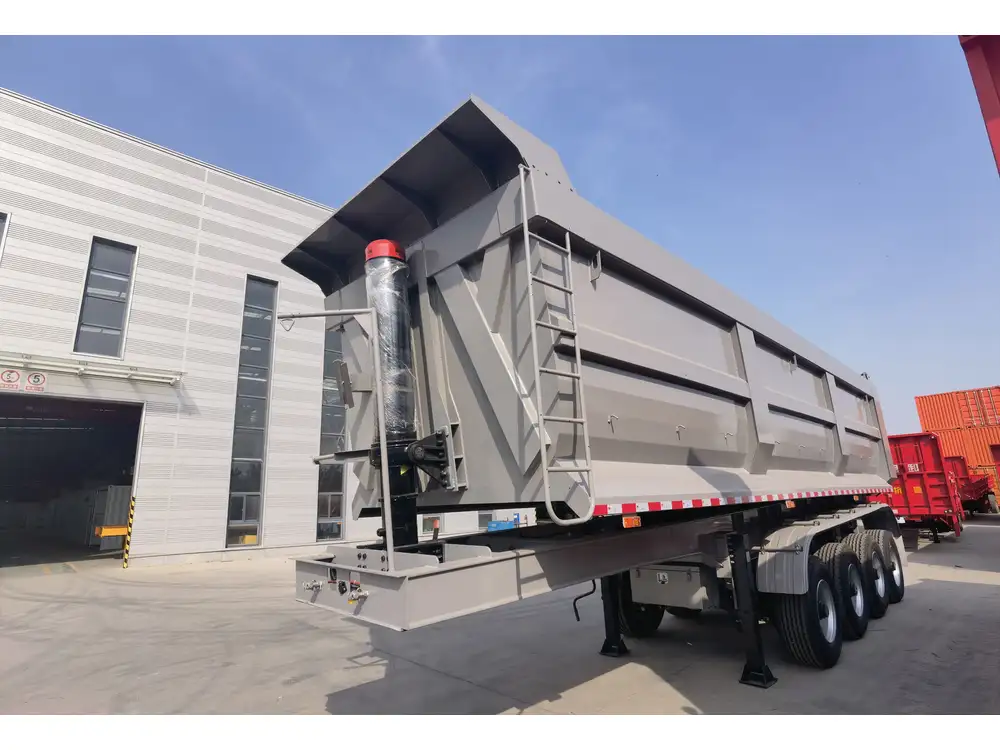
3. Compare Quotes
Obtain multiple quotes to understand the market rate and gauge which provider offers the best services for your budget.
4. Check Warranty and Aftercare
A reputable company should provide a warranty covering the wrap, as well as aftercare instructions to maximize longevity.
How Much Should You Expect to Spend?
After considering the various factors discussed, here is a generalized breakdown of estimated costs for wrapping a semi trailer.
| Cost Element | Estimated Range |
|---|---|
| Vinyl Material | $2,200 – $5,000 |
| Design and Artwork | $1,500 – $7,000 |
| Installation | $500 – $2,500 |
| Maintenance and Cleanup | $100 – $500 per year |
| Total Estimated Cost | $4,300 – $15,000 |

Conclusion
Wrapping a semi trailer is a strategic investment that offers numerous benefits, from enhanced visibility to essential protection. By understanding the factors that influence costs, potential hidden expenses, and avenues for financing, you can make an informed decision that aligns with your branding goals and budgetary constraints.
To maximize the benefits of wrapping your semi trailer, invest time in researching providers, reviewing design complexities, and understanding your market’s unique requirements. With diligence and a clear strategy, you can turn your trailer into a powerful marketing tool while protecting your valuable assets.
Call to Action
If you are considering wrapping your semi trailer and want expert guidance, contact us to discuss your options and get a personalized quote tailored to your needs. Let us help you make a statement on the road!



